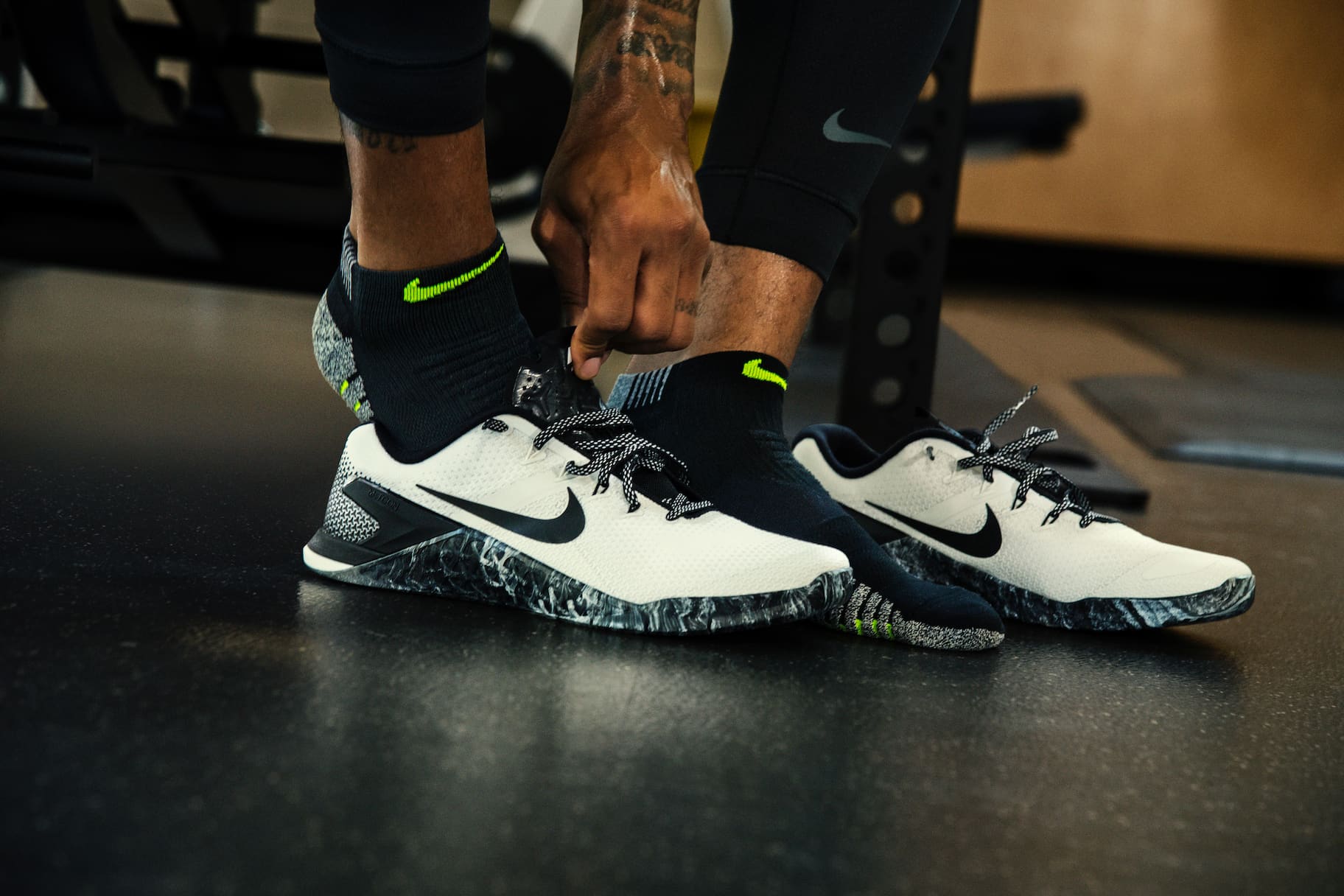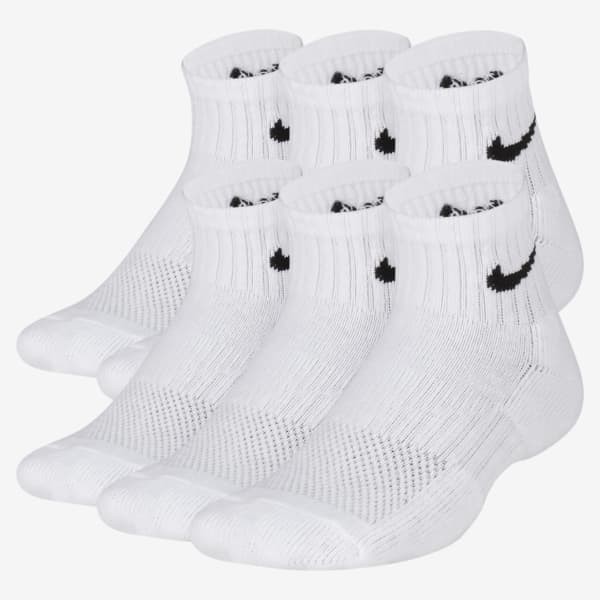How to Choose Socks for Sweaty Feet
Buying Guide
Sweaty feet can distract you from your workout. But your socks can make all the difference. Here’s what to look for in socks for sweaty feet.

If you’re prone to sweaty feet, working out can leave your feet damp, smelly and uncomfortable. It may also mean your feet are slipping, you’re getting regular blisters and you’re hit with an unpleasant odor when you take off your shoes.
But wearing the right socks can help wick moisture away while letting your feet breathe. This limits odor-causing bacteria and keeps your feet feeling fresh.
Each foot contains 125,000 sweat glands, according to UCSD Health. And the soles of your feet contain more glands per centimeter than any other part of your body. When your body temperature rises, your sweat glands secreting sweat. The evaporation of this sweat helps cool your body to lower your core temperature. But if your sweat glands are overactive or your sweat isn’t properly handled, you aren’t getting those benefits.
The combination of socks and shoes can trap heat and moisture, further raising your temperature and intensifying the sweat. This creates a warm and damp environment that allows bacteria to thrive and blisters to form.
Bacteria live off the sweat your feet secrete and produce odor-causing acids as a result. Aside from foot odor, you could also end up with athlete’s foot or a fungal infection.
Luckily, wearing the right socks and shoes can make all the difference. While socks that trap sweat and moisture make things worse, moisture-wicking socks fight sweat and odor to help you to maintain fresh and dry feet.
How to Choose the Best Socks for Sweaty Feet
There are the two main features to look for when choosing socks for sweaty feet — moisture-wicking material and breathability.
Moisture-Wicking Material
Moisture-wicking socks are made from fabrics like merino wool, nylon, and polyester that are designed to transfer sweat away from the skin so it can be evaporated.
Nike Dri-FIT socks are made from a polyester fabric designed to help keep your feet dry so you can more comfortably work harder for longer. Dri-FIT's unique high-performance microfiber construction supports the body’s natural cooling system by dispersing sweat across the fabric's surface so it evaporates more quickly.
Breathability
When moisture and heat get trapped, sweat accumulates. Certain fabrics allow air to pass through, preventing sweat from building up and helping regulate your body temperature. Breathable fabrics also repel water and allow sweat to quickly evaporate.
Cotton is the most breathable fabric, but it also retains heat, which can accelerate sweating. Merino wool is another popular material for socks due to its breathability, cushion and moisture-wicking functions. Since merino wool is a dynamic insulator, it adjusts to temperature changes, insulating heat in the cold and letting your skin breathe when it’s hot. For this reason, merino wool is commonly used in work socks or hiking socks.
But it’s less common for training socks. For running or any other kind of workout, look for materials like polyester, nylon and spandex. Synthetic fibers are the perfect alternative, as they’re breathable but don’t retain heat.
Socks with additional features like a mesh panel can also enhance breathability. Nike Spark Lightweight Socks have a ventilated pattern at the top of the foot to keep you cool.
Frequently Asked Questions
Are Thicker or Thinner Socks Better for Sweaty Feet?
Thicker socks have extra cushion to protect against blisters and absorb more moisture. For example, Nike Everyday Plus Cushioned Socks get their thickness from 70% cotton, 27% polyester, 2% spandex, 1% nylon. This material composition is ideal as the thickness and breathability derives from cotton, but the synthetic fibers wick sweat and release odors. The combination is anti-sweat and anti-blister.
How Do You Wear Moisture-Wicking Socks?
Wear moisture-wicking socks just like you would any other pair. For sweaty feet, they can be worn for everyday use. For feet that sweat more during workouts, you may only need to wear them during exercise. But make sure to wash them after each use.









